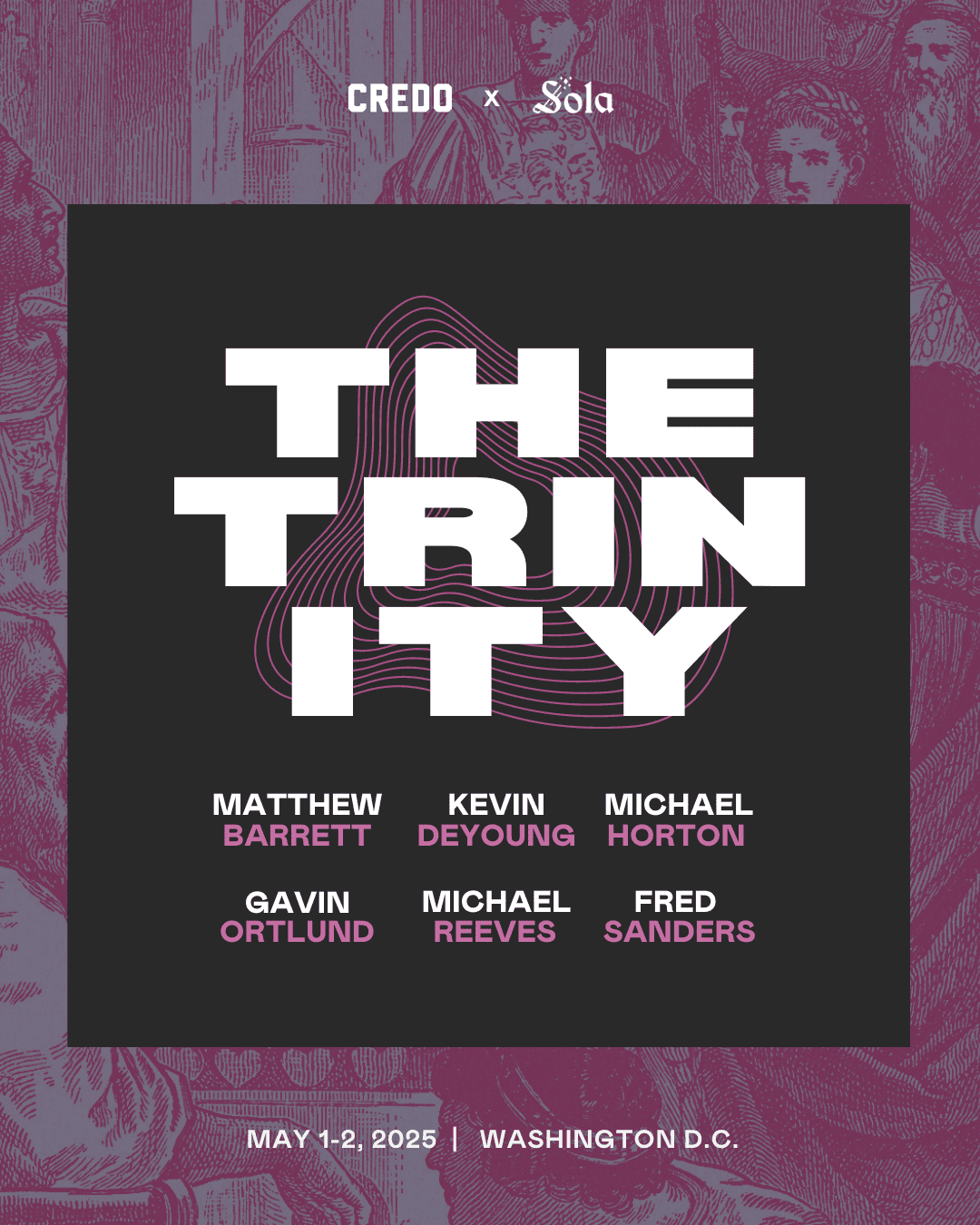
The Art of Sermon Illustrations
Sermon illustrations are one of the most challenging aspects of preaching, in my opinion. I haven’t done a survey of preaching professors or textbooks, but I suspect that they would all say that preachers should employ good illustrations to help the congregation grasp the point you’re making in your sermon. As important as illustrations are, there are many pitfalls related to the pursuit of the perfect illustration.
The personal story illustration. Personal stories can be effective illustrations, but they can also be counterproductive. I was seated in a congregation as I listened to the preacher open his message only to hear a member of the church sigh. I later asked this person why he did this and he told me, “I don’t like the fact that I have to sit through a ten minute story about the preacher’s personal life before I get to hear about the text of the sermon.”
The overly successful illustration. Preachers sit in their studies and meditate upon the text, and then, like a bolt of lightening, it hits them—they think of the perfect illustration. They use it that Sunday and the only problem is—it’s the only thing people remember about the sermon. They remember every detail about the illustration but fail to remember the sermon or how it relates to the sermon.
The pointless illustration. Sometimes preachers employ an illustration, and in and by itself, it seems to be fine, but in reality, it doesn’t really fit the message. It’s like trying to fit a square peg into a round hole.
The funny illustration. Humor in a sermon is best used strategically and sparingly. Humor can be useful at times to give the congregation a much-needed emotional break from an intense subject, for example. But on the other hand, if you get the congregation rolling in the aisles, you may have distracted them from the text, and it may be too difficult to reconnect them to it given their laughter.
The absent illustration. It could be that some preachers just plow through the text and never employ an illustration of any kind. We learn all about the intricacies of first-century dress and headwear but have no earthly idea how it bears upon twenty-first century life.
The illustration as the sermon. Some illustrations are so elaborate that they engulf the entire message. The preacher gives the equivalent of a parable but never explains its meaning or connection to the text.
The family illustration. You may think it’s ok to tell your congregation about your family’s faults and foibles, or brag about their skills and accomplishments, but exercise caution. Check first with your family before you talk about them in the pulpit—maybe they’d prefer to remain unmentioned. And as proud as you are of your family, perhaps it’s best not to brag about them from the pulpit.
The friend illustration. I tell my friends never to hang around pastors because sooner than later they’d end up as a sermon illustration. Just because you went mountain bike riding with someone in your church and they lost their lunch after climbing a big hill (true story), doesn’t mean that you should mention them in Sunday’s sermon.
These are but a few examples of different sermon illustration pitfalls. But just because there are pitfalls doesn’t mean you shouldn’t use them. By all means, illustrate your message, but do so wisely. Be cautious about telling personal stories. Does your congregation have to listen to your life’s story? Do they know more about you through your preaching than they do about Jesus? Meditate and pray over your sermon text so that the Spirit would assist you in developing effective illustrations. The best illustrations are virtually transparent—the auditor hears and understands the illustration but it fits like the glove on a hand—the hand still has mobility and function and isn’t hampered by the glove.
Illustrate your message with stories from the rest of the Scriptures. Not only does this amplify the truth of your message, it reminds or teaches people about other portions of the Bible, and you’re dealing with inspired narratives which means you’re guaranteed to highlight rather than obscure the truth if you handle the text responsibly. As I said above, read broadly. Read the news, read novels, read history, read good fiction. This will expose you to a treasury of illustration material. Keep an illustration journal if you need to—write down good illustrations for use later on. I also think some of the best illustrations are those that are connected to nature and common life. If you talk about unique experiences that few know, then you’re likely to put distance between your congregation and the text. But if you employ illustrations that most can identify with, then you’ll bring them closer to the text.

